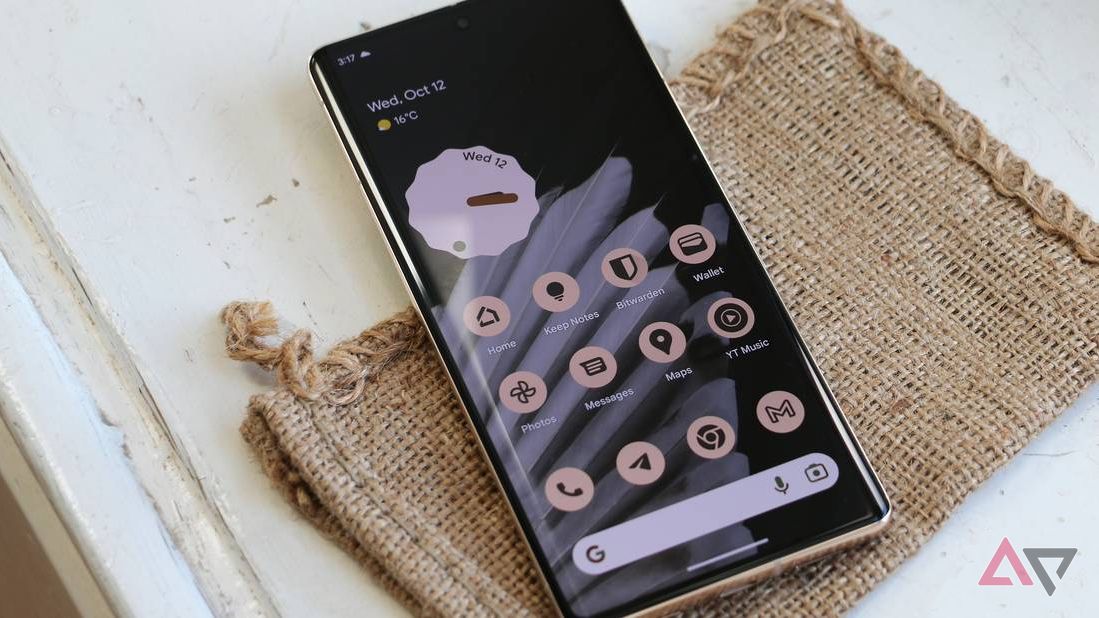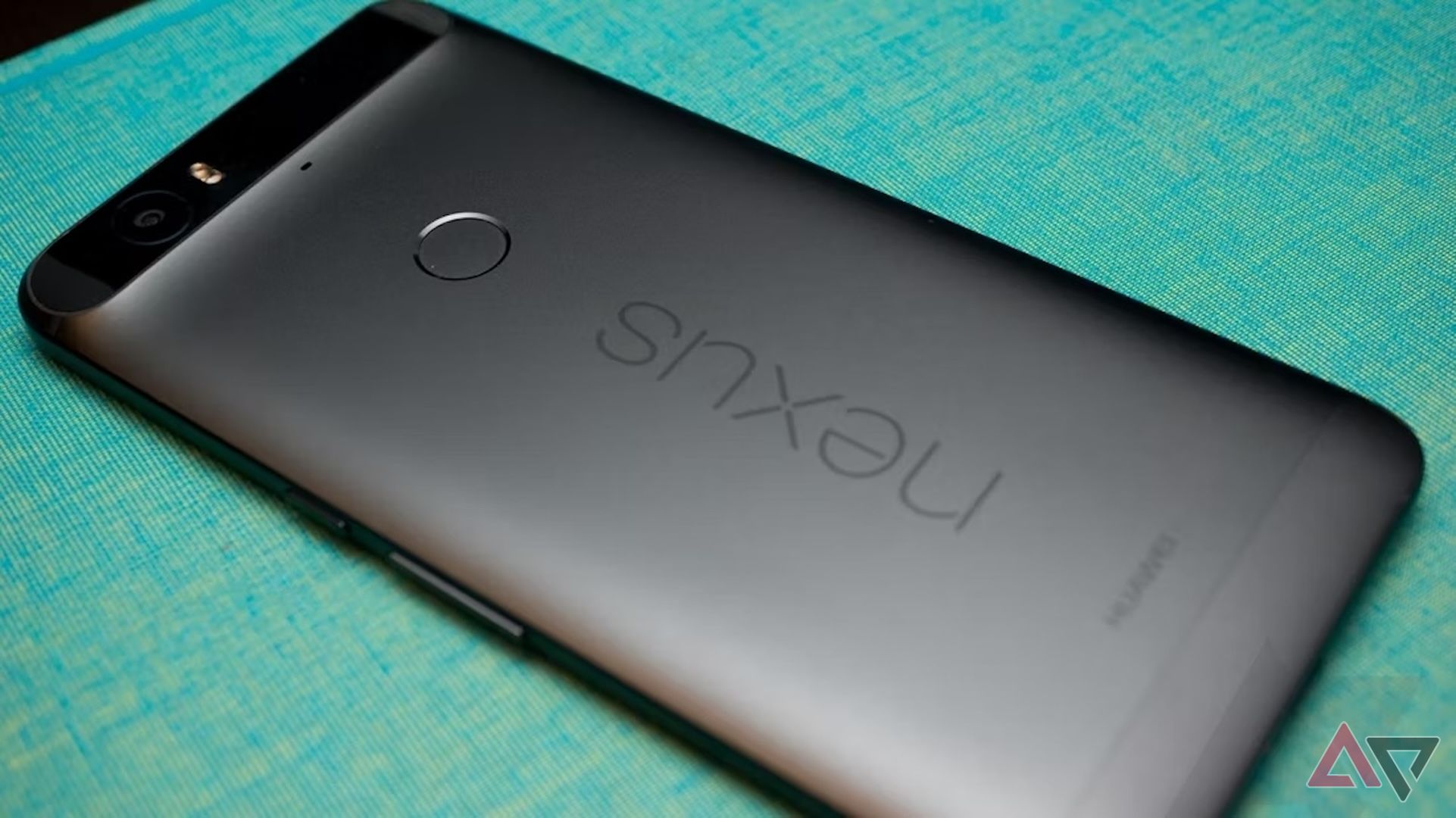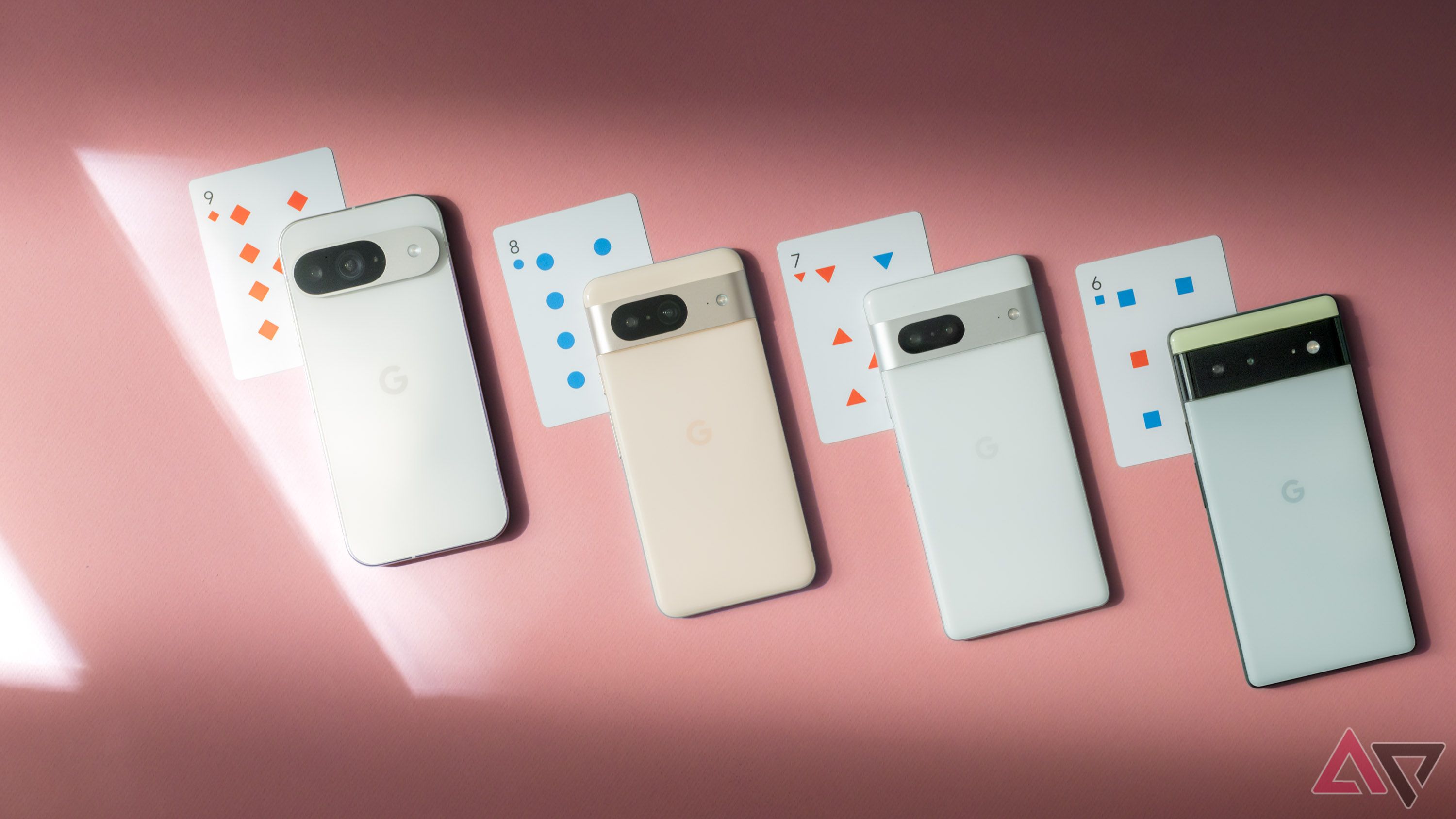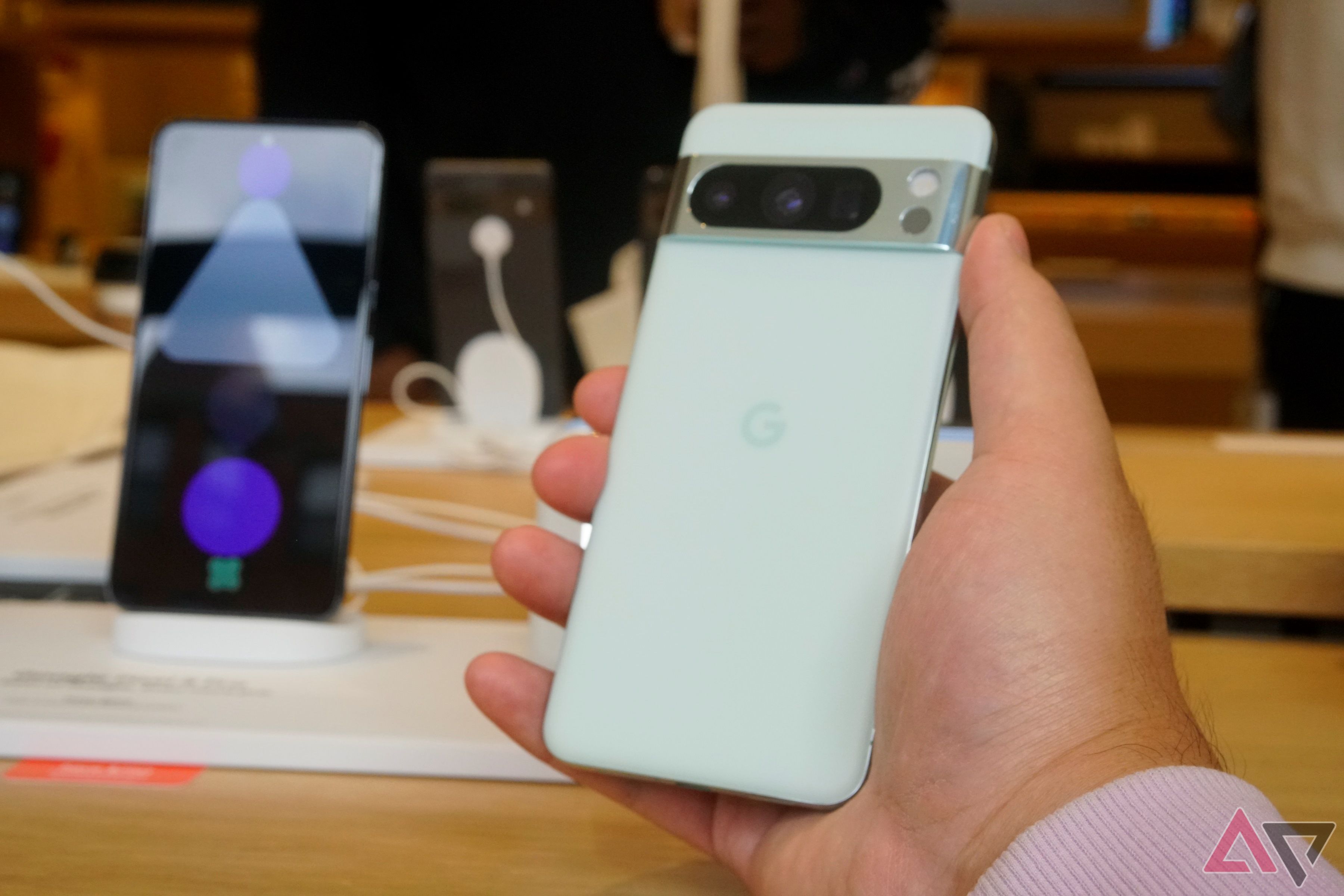I’ve used almost every Nexus and Pixel smartphone released since the Nexus 4. I’ll admit I was a Nexus and Pixel fanboy back then. Even if my current device was working fine, I eagerly upgraded to Google’s latest smartphone every year. Every time a new Pixel came out, I hoped the company would fix the problems that plagued the previous generation. This typically includes longer runtimes, a less buggy experience, and smoother overall performance.
It’s been 12 years since the Nexus 4 was released, and after using a Google Pixel 8 Pro for a year, I’m disappointed to see that not much has changed. It’s still the same old story.
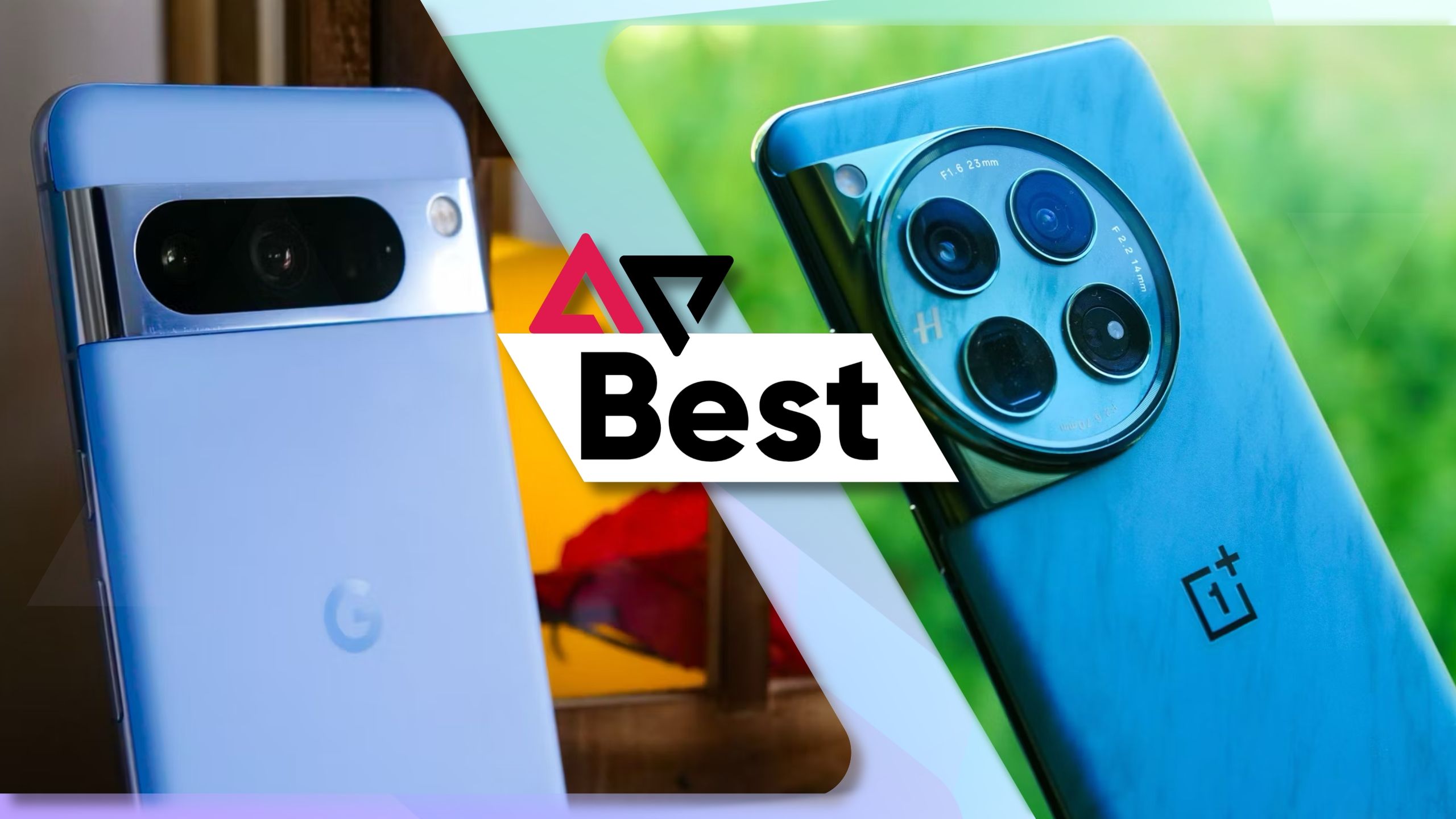
related
Best Large Cell Phones of 2024
Maximize the power of your pocket
The Pixel experience has always been flawed
there is always a compromise
Using a Google phone means compromising on some aspects. Issues with Nexus smartphones typically range from poor battery life to sub-flagship specs to underwhelming camera performance. They excelled with a smooth software experience, but the hardware always fell short in some way.
I remember being disappointed with the Nexus 4’s camera and battery life. I was hoping Google would address them in 2013 with their next phones. The Nexus 5 fixes one of the major flaws of its predecessor. The 8MP rear shooter was able to take great photos, but once again fell short in terms of battery life.
Over the next few years, Google’s Nexus phones repeated these problems. The build quality was poor, it was packed with mid-range specs, and the camera performance wasn’t up to par. The Nexus 6P came close to offering the “perfect” Nexus experience, but it was dragged down by its flimsy build quality.
Given its affordable price, the Nexus’ shortcomings were easily overlooked. It wasn’t perfect, but it offered a smoother experience than other Android smartphones on the market at the time. Plus, being the first to get new Android updates was a big deal back then.
I’m a true Google fan and continued to upgrade to the latest Nexus or Pixel smartphones every year until I bought a Pixel 3 XL in 2018. I was so frustrated by the terrible battery life that I switched to using Samsung’s flagship device. I sold the Pixel within days of getting it. The reason is that it’s full of bugs and has terrible battery life. I felt cheated and decided not to purchase any new Pixel smartphones in the future.
Google took a new turn in its smartphone journey with the release of Pixel 6 in 2021. The Pixel 6 packs impressive internals, better camera hardware with a bigger and better sensor, and more premium build quality.
On paper, it looked like Google had finally delivered the best Android smartphone, but the reality wasn’t like that. Reduced battery life, subpar performance, overheating issues, and connectivity issues are just some of the issues affecting Google’s improved Pixel smartphones. Over time, reports also appeared of the front cover glass cracking on its own.
I was tempted to buy a Pixel 6 when it first launched, but after my terrible experience with the Pixel 3 XL, I decided to wait a few months before making a decision. In the end, it turns out that Google made the right decision not to launch its flagship Pixel in 2021.
Google’s Pixel smartphones always disappoint me
Nexus or Pixel, the experience is disappointing
The following year, I gave in to temptation and got a Pixel 7 Pro. Once again, Google seemed to have fixed all of the problems with the Pixel 6 Pro and delivered a better, more polished package. When I got the phone, I was happy with its performance, camera, and best of all, the clean Android experience. This explains why I’ve always preferred Nexus and Pixel phones over other Android phones.
But over time I encountered the same problem. The Pixel 7 Pro’s battery life was strictly average. It won’t last a day if you press it hard, and battery life drops quickly if you use mobile data. Overall system performance was smooth, but the Tensor G2 chip wasn’t powerful enough to run heavy games or quick video editing tasks. To make matters worse, it easily overheated, even when performing relatively basic tasks.
Within a few months, I regretted spending money on the Pixel 7 Pro. The substandard Exynos modem and poor battery life were the biggest complaints. I kept this phone for a few months because of its great camera, but eventually moved on to the Samsung Galaxy S23 Ultra. I felt cheated by Google again by booting up a phone that failed even basic tasks.
Pixel 8 Pro wobbles like previous Pixels
Reduced battery life, connectivity issues, overheating issues
Despite the disappointing Pixel 7 Pro experience, Google ordered the Pixel 8 Pro on day one, even though it initially launched only the 128GB model in India. Google seemed to have addressed all the shortcomings of the previous two Tensor generations with Tensor G3. The phone also packs an improved display, solid build quality, and some nice camera upgrades.
But once again, the same story unfolded. I was initially happy with the Pixel 8 Pro, enjoying the clean and smooth Android experience and its camera. But as the honeymoon period winds down, Google’s 2023 flagship Pixel unfortunately suffers from the same issues as its predecessor, including inconsistent battery life, connectivity issues, and overheating issues. I noticed that.
A year later, I once again regretted having been fooled by Google into spending money on the Pixel 8 Pro. Although the phone received a lot of praise, it was far from worth its $999 launch price. You can currently buy this phone for around $600, but its shortcomings are often overlooked.
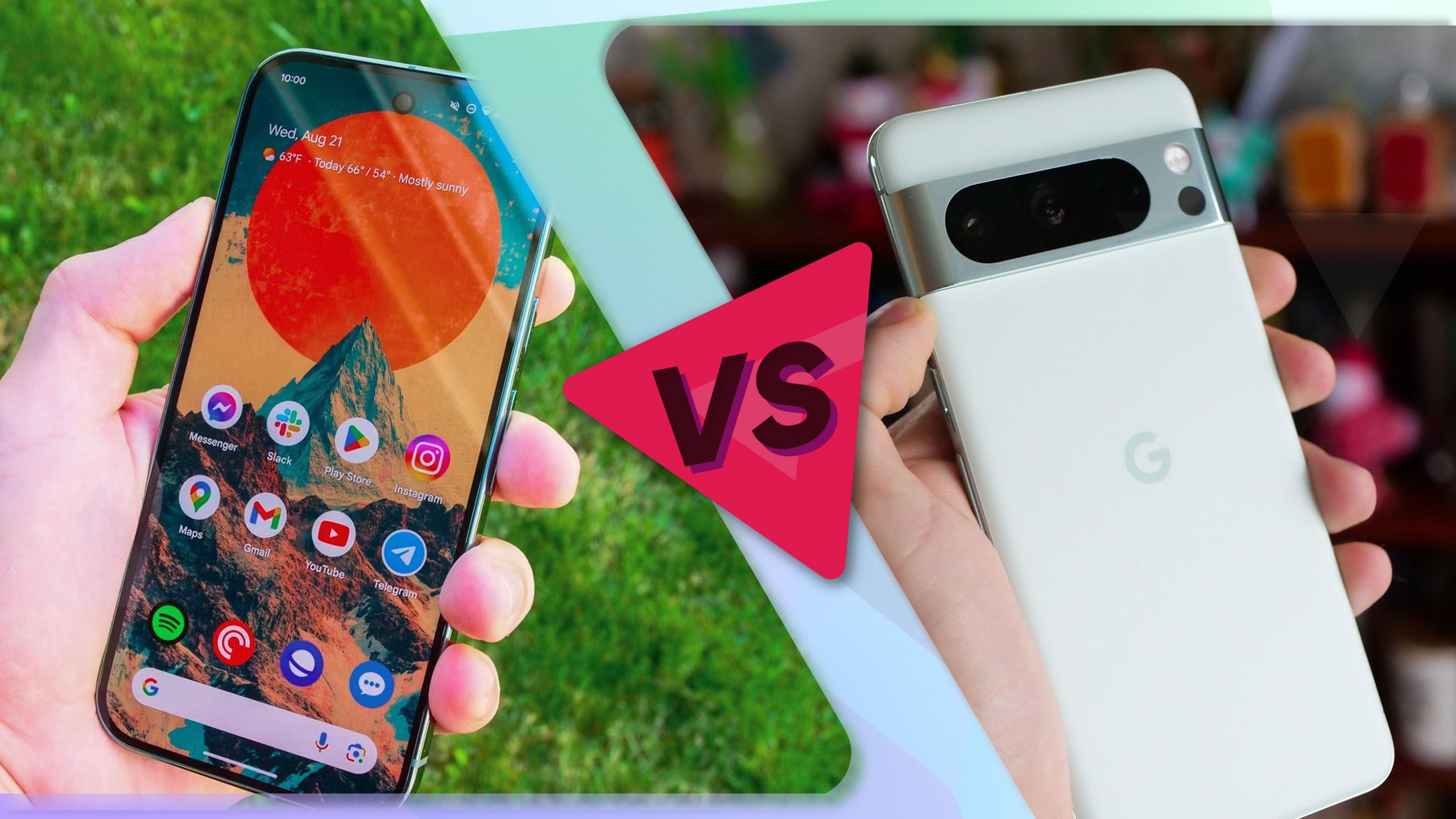
related
Google Pixel 9 Pro vs Pixel 8 Pro: Does size matter?
9 Pro is new, but even smaller
Google has annoyed me enough
The Pixel 9 series seems to offer the perfect Pixel experience. There are no overheating issues, and Google has replaced the poor Exynos modem with a newer version that provides a better connection. The battery life is also good enough to last a day, and the fast charging speed has finally been improved.
But I’ve been disappointed by Google so many times that I’m wary of spending money on the Pixel 9 Pro or Pro XL. Although Tensor G4 is more advanced than previous Tensor chips, it still falls short of products from Qualcomm and MediaTek. We’re also not comparing it to Qualcomm’s Snapdragon 8 Elite SoC, which will power future Android flagships. There is a performance and efficiency gap of several generations between the two chips.
The Pixel 10 series will reportedly use Tensor chips developed in-house by Google and manufactured on TSMC’s superior and efficient nodes. The hope is that this will help Google’s chips catch up with competitors, at least in terms of efficiency and battery life. Even if that were to happen, given my experience with Pixel smartphones and the difficulty of designing new mobile SoCs, I don’t plan on ordering the Pixel 10 series on launch day. Google has let me down enough.

google pixel 8 pro
$749 $999 Save $250
The Google Pixel 8 Pro features a Tensor G3 chip, a brighter screen, and a camera array that lets in even more light than its predecessor. As always, the real power lies in Google’s Tensor chip, which offers even more photo enhancement and image editing features.


